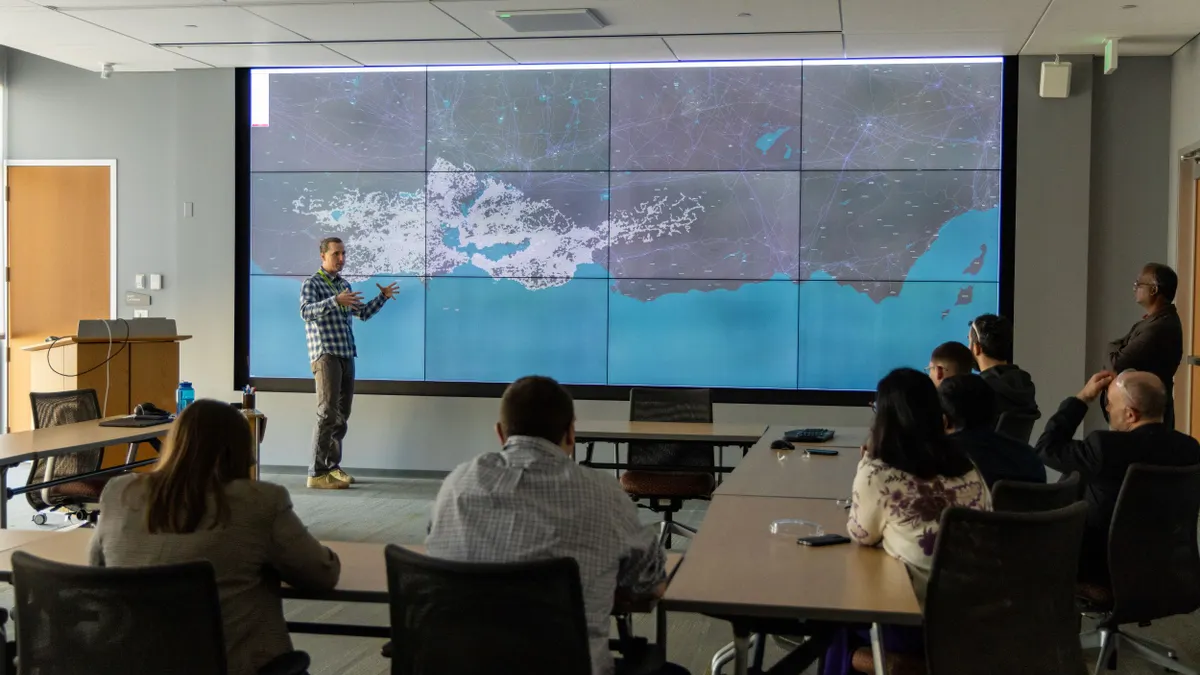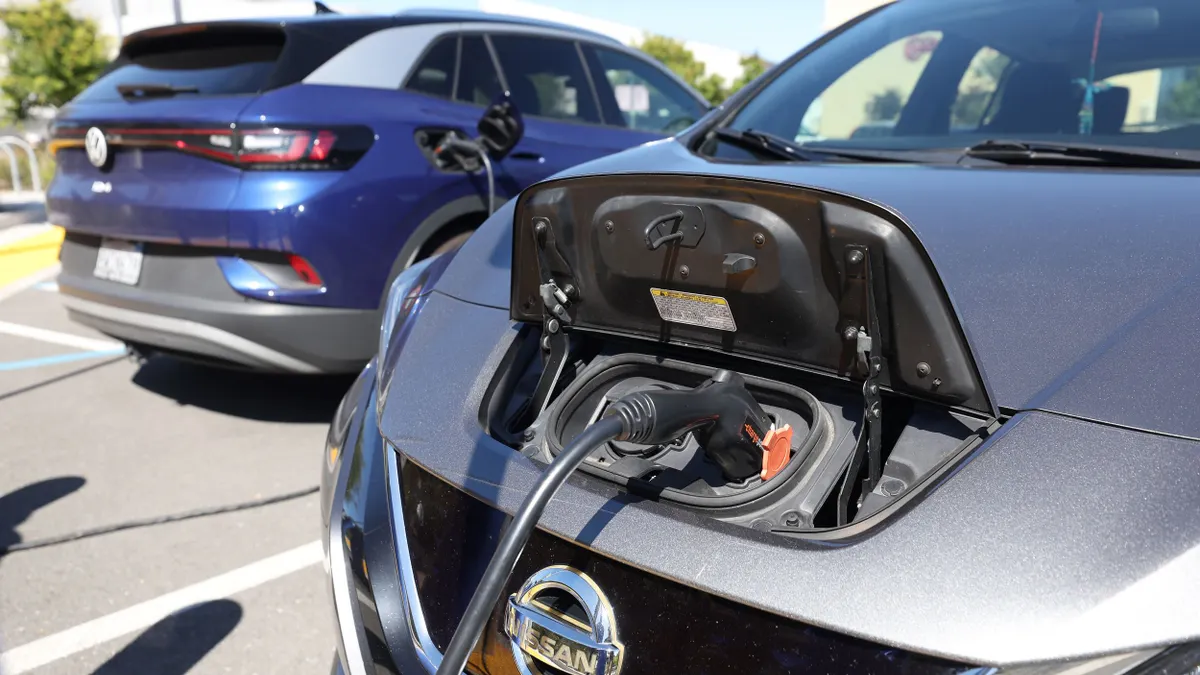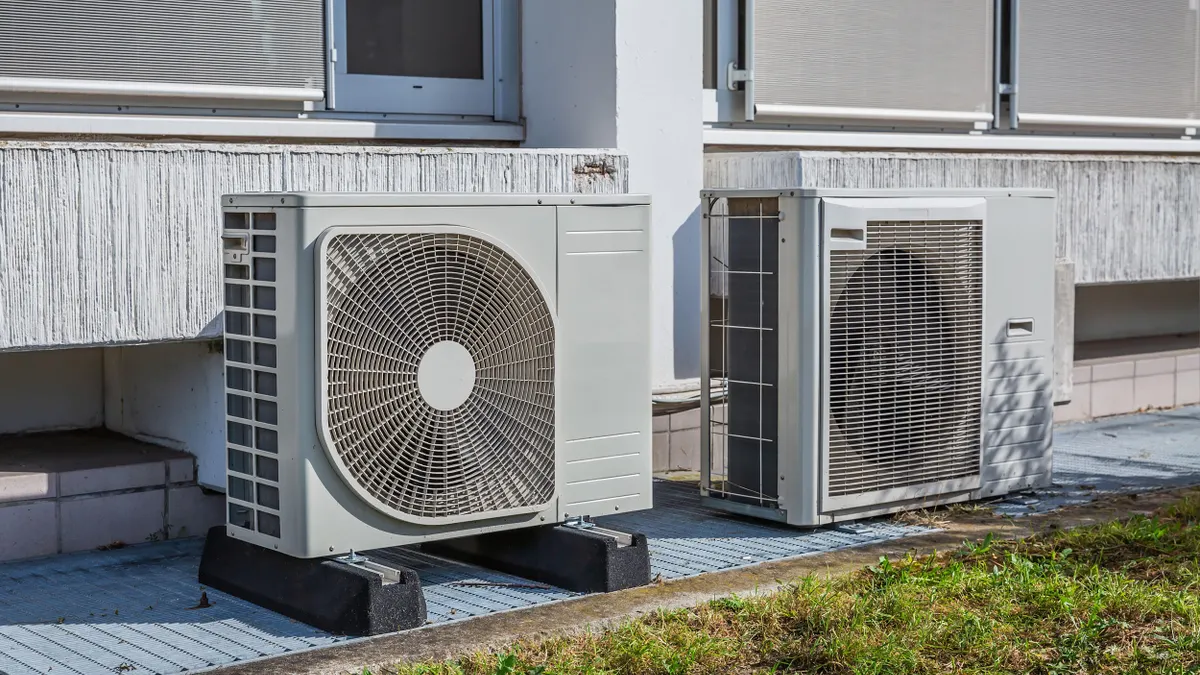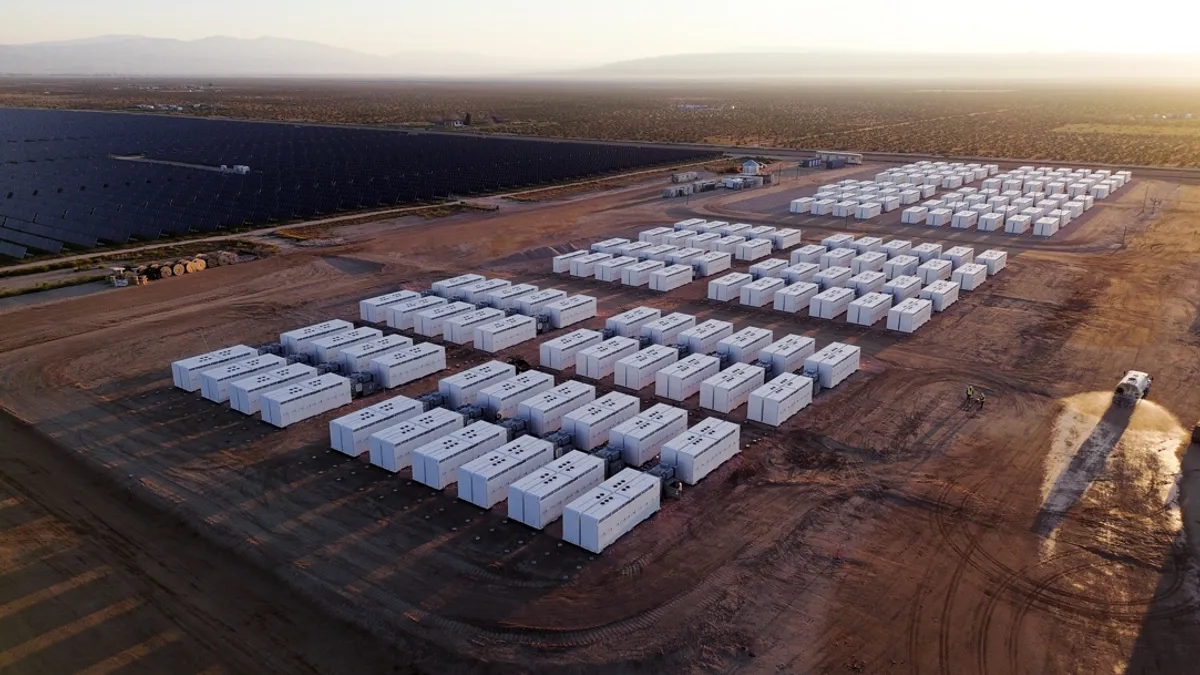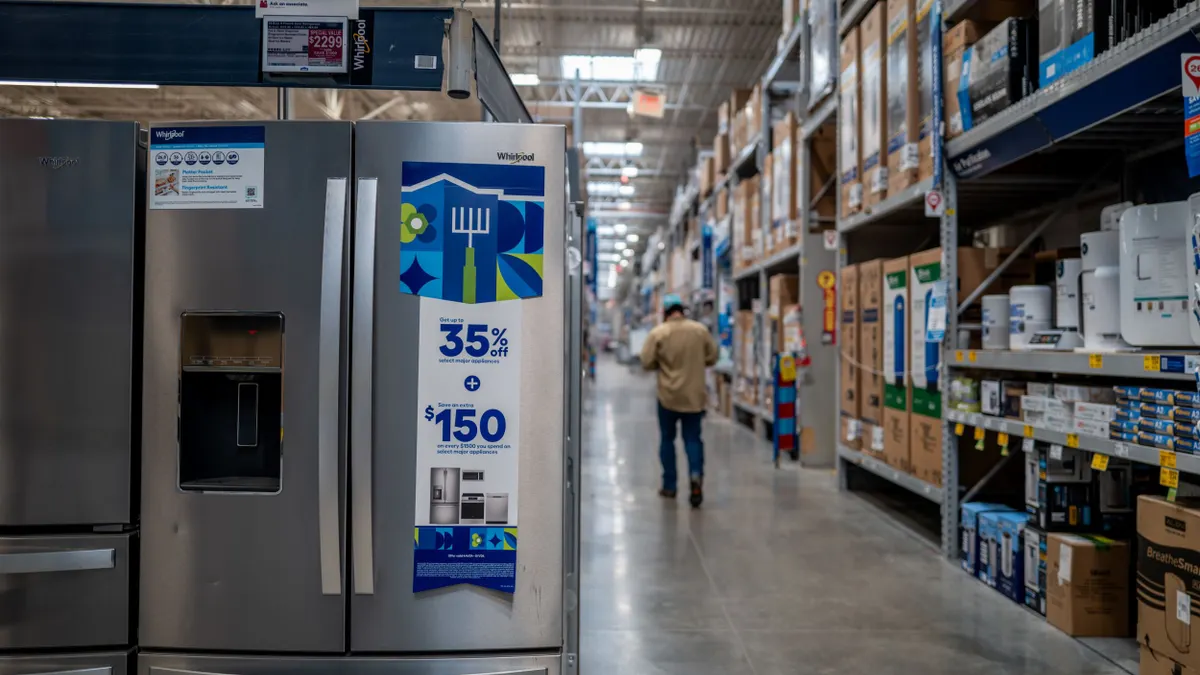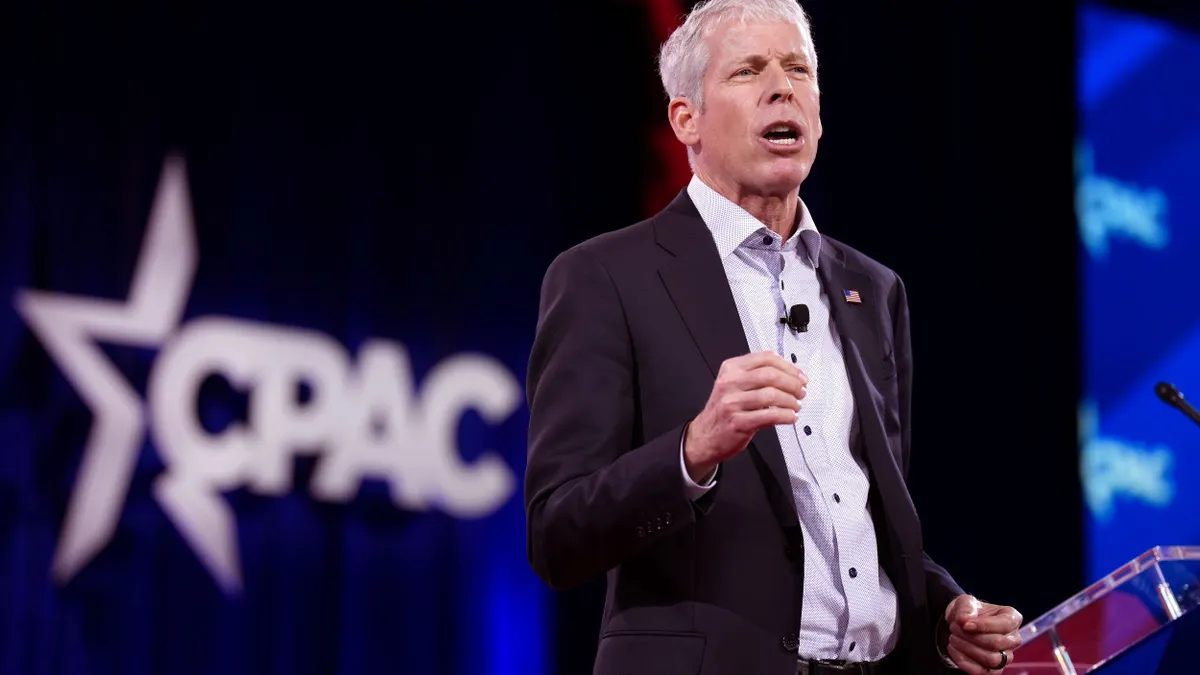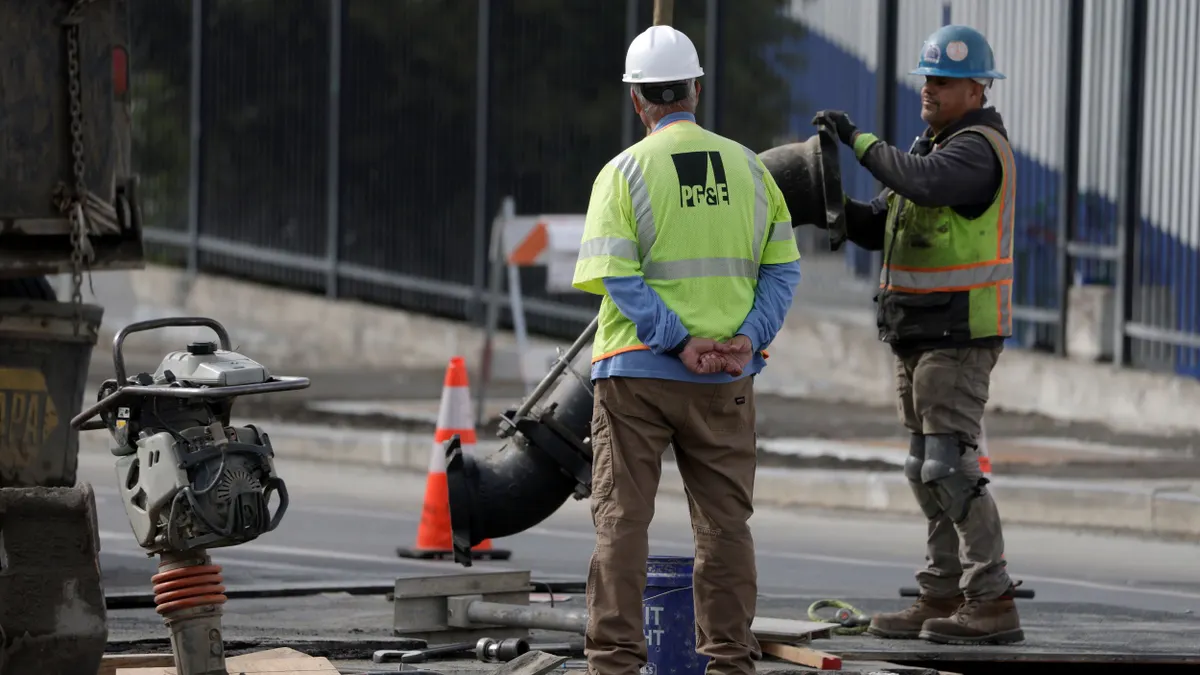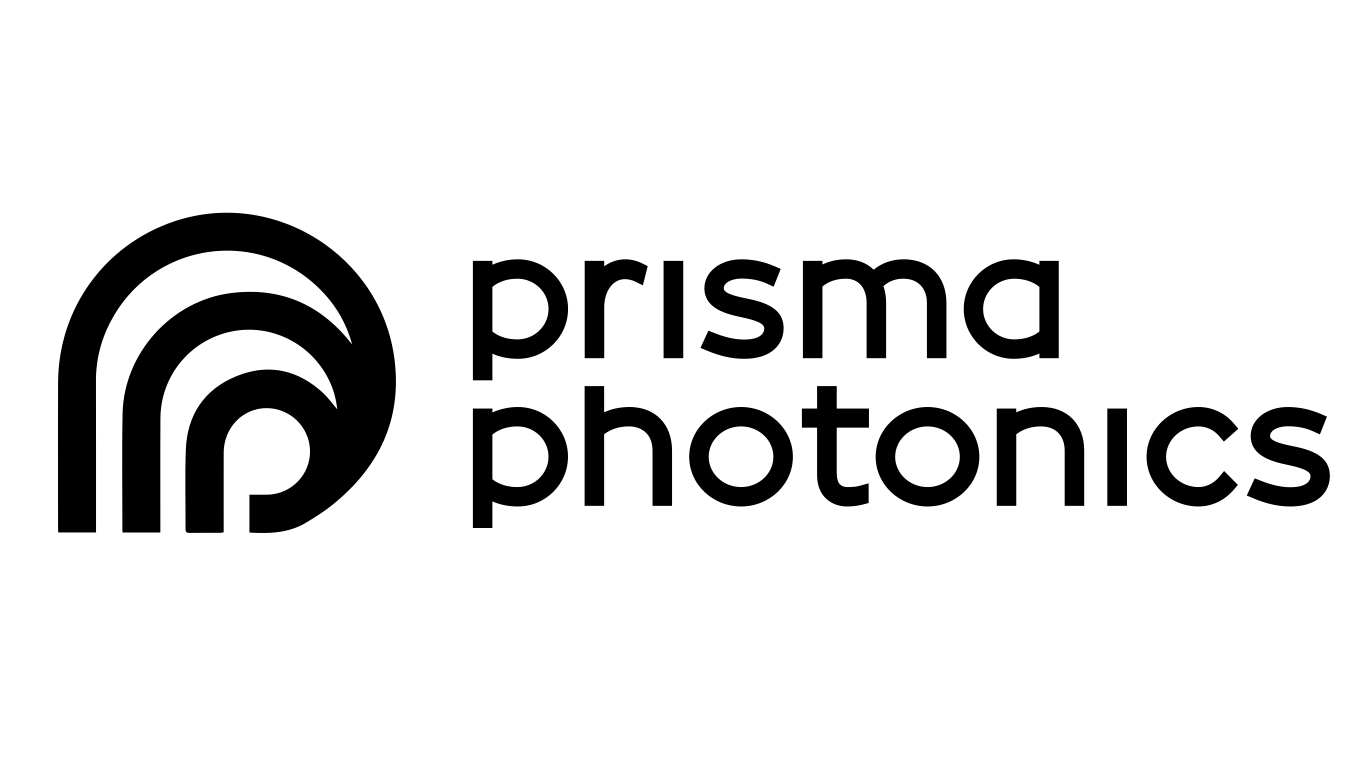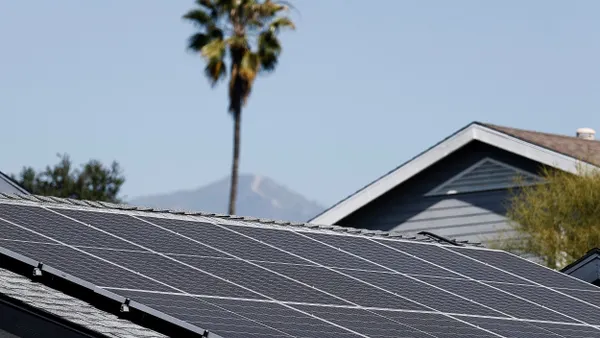Implemented correctly, EVs could be a lifeline for the grid. Unfortunately, many parts of the country have significant work to do to realize the full potential of EVs. There are currently few, if any, examples of states that have adopted regulations that require power utilities to consider EVs as a distributed energy resource, according to research by our organization, the Michigan Energy Innovation Business Council. Efforts to explore the opportunities and grid value of vehicle-to-grid, or V2G, charging, where the EV battery is a storage resource that can be tapped to shore up the grid, need to be expanded and sped up to make the transition to EVs go much smoother for the grid and consumers alike.
There have been a few attempts by some companies. For example, there was a project where Highland Electric Fleets outfitted two battery-equipped electric school buses with fast chargers from Rhombus Energy Solutions and used them to provide over 80 hours of electricity on a hot summer day in Massachusetts. Another example is a project in San Diego where Blue Bird electric school buses were outfitted with V2G capability to show the feasibility of school buses selling demand response and frequency regulation services to the grid.
But these examples are just the beginning. If grid operators can use V2G technology to tap into even a fraction of the total, and quickly growing, storage capacity provided by EVs, a huge source of backup power can be unlocked, easing the shift from fossil generation to renewables, as concluded in a paper published last fall in the journal Energy Advances by a team of MIT researchers.
California, as the state with the most EVs per capita, has made some strides toward V2G use, such as allowing vehicles to participate in the state’s Emergency Load Reduction Program. On the East Coast, PJM, the nation’s largest grid operator, is also making similar changes to its rules to encourage V2G.
But that still leaves most of the country, where progress toward managed charging and V2G has been minimal.
Piecemeal reforms
In many of these states, there is no overarching structure that can implement changes like what PJM is doing. Instead, important energy reforms come about on a utility-by-utility, piecemeal basis. Utilities submit long-term integrated resource plans, or IRPs, to regulators and many of the critical long-term decisions about what kinds of power the utilities will depend on to supply their customers get made through the IRP process.
EVs have not been very important in IRPs, but one can imagine how they could play a role. In their IRPs, utilities could consider how many EVs will be in their service territories in coming years, and then consider how they could tap the battery capacity contained within those vehicles. This should be done in collaboration with vehicle owners to ensure they are able to provide that extra battery capacity at times when it works for their schedules and driving needs. Utilities may find that more renewable energy is feasible than thought before thanks to this additional backup capacity.
But, as it stands today, we have not seen any utility IRPs that tackle V2G in a sophisticated way, nor have we seen any states that require IRPs to ask their utilities to do so.
For example, the Michigan Energy Innovation Business Council and Advanced Energy United have asked state regulators to require utilities to include EVs among the resources that they must model in their long-term IRPs when deciding how to meet customer needs over the coming decades.
In response, some utilities pushed back and dismissed the need to prepare for V2G. For example, Consumers Energy, the second-largest utility provider in Michigan, said in filings with the Michigan Public Service Commission that having to look at EVs would be “inappropriate” given the fact that, right now, most EV models do not have the bidirectional capability required for V2G.
This view is short-sighted. Two-way charging is coming fast, and certainly very soon relative to the long-term horizon that utilities must plan around. All the major EV automakers offer models with two-way charging right now or have announced upcoming models with that feature. The Electric Power Research Institute has already provided technical standards for how to integrate V2G-capable EVs into the resource planning process. That EPRI paper noted that the introduction of V2G-capable EVs at scale requires “a way for this feature to be incentivized through electric utility program offerings or market participation.”
In short, if the utilities do not start planning now, in a few years we will have millions of EVs on the road that are not being used to their full potential as a source of energy storage, and the utilities will be stuck playing catch-up, passing needless costs onto their customers along the way.
Preparing for the EV transition takes a lot of steps, including incentives for charging infrastructure and changes to rate design to encourage charging at the right times. Just as important are policies to make sure utilities appropriately model the benefits provided by V2G. One of the biggest sources of energy storage yet is coming to our streets and highways, and now is the time to get ready.






